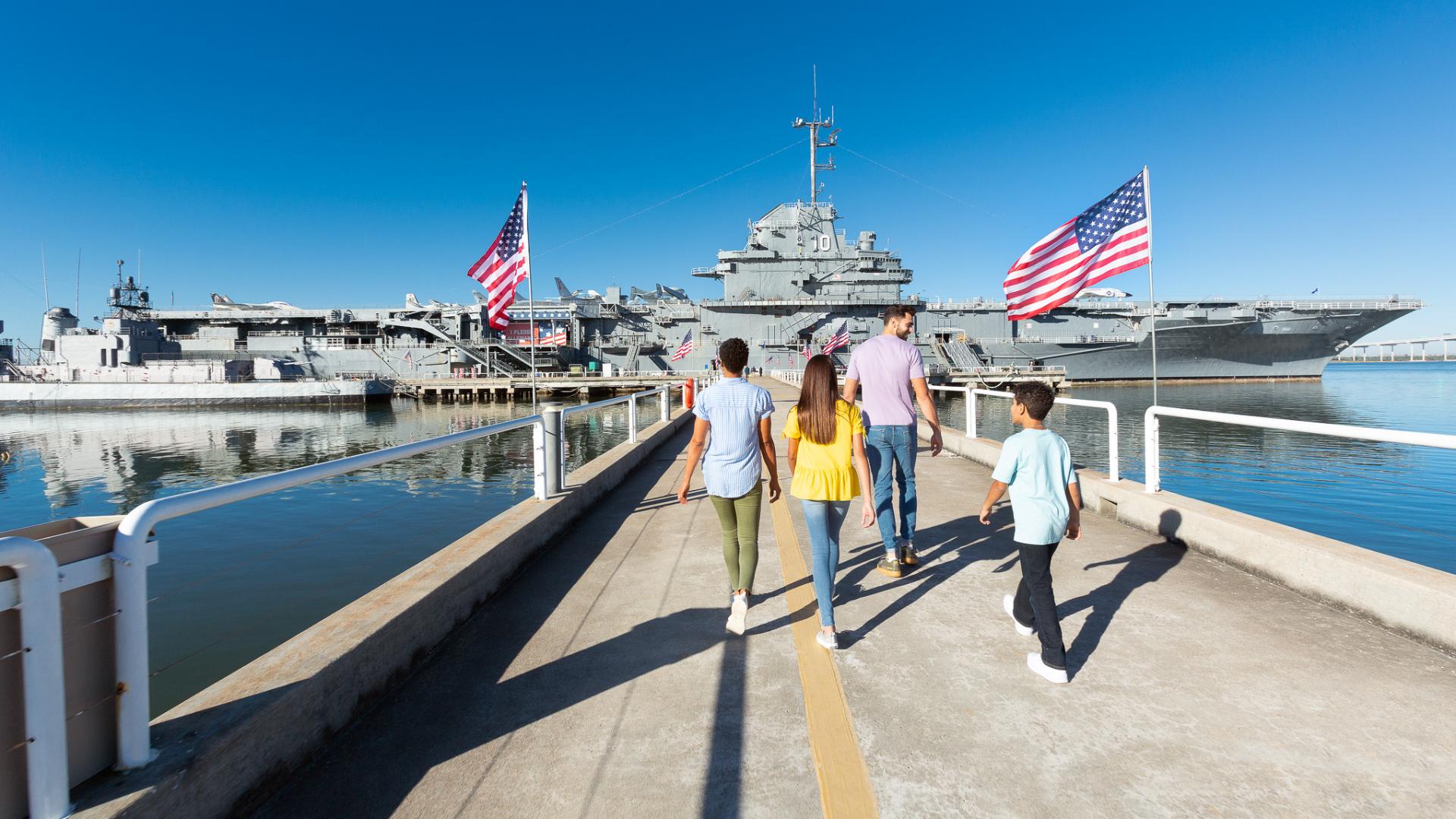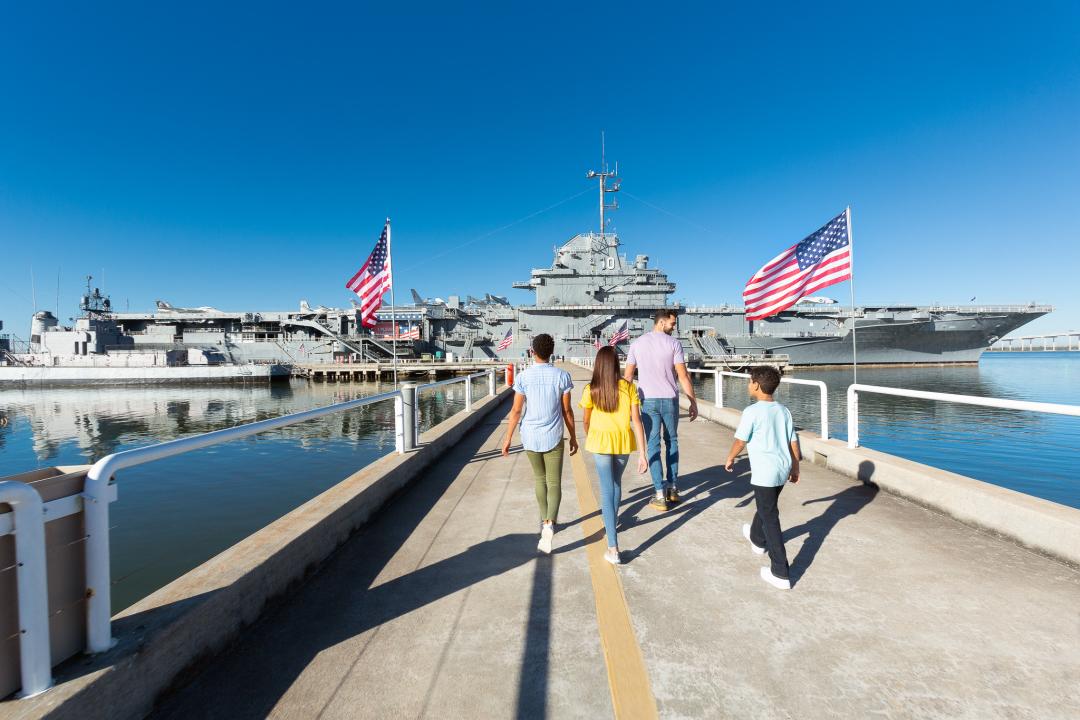 On 15 March 1934, Dr. Hoyt Taylor, head of the radio division at Naval Research Laboratory (NRL) , put into motion a project to develop pulse radar for the detection of ships and aircraft. Pulse radar technology was more promising than continuous wave radar as it would provide range and bearing information along with detection and could be installed on one ship. The pulse radar technique would be made possible by the new development of the cathode ray tube, high power transmitting tubes and special receiving tubes. (N
On 15 March 1934, Dr. Hoyt Taylor, head of the radio division at Naval Research Laboratory (NRL) , put into motion a project to develop pulse radar for the detection of ships and aircraft. Pulse radar technology was more promising than continuous wave radar as it would provide range and bearing information along with detection and could be installed on one ship. The pulse radar technique would be made possible by the new development of the cathode ray tube, high power transmitting tubes and special receiving tubes. (N
This research by the NRL would lead to the building of the Navy's first shipboard radar, the XAF. In 1938 it would be put onboard the battleship USS New York. During tests it could detect aircraft out to 100 nautical miles (nm) away and ships out to 15 nm. The XAF was also employed for navigation and gunnery practice, spotting the fall of shot and even tracking projectiles in flight. At the conclusion of these tests, New York's Commanding Officer recommended installation of the XAF radar on all aircraft carriers.

Radar was a great combat multiplier and arrived just in time for World War II, but future generations would see other developments in the field to defeat radar...watch this technical defense footage below!

